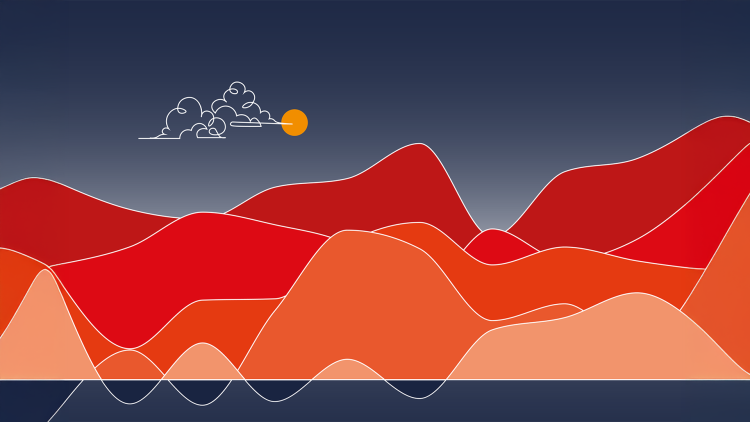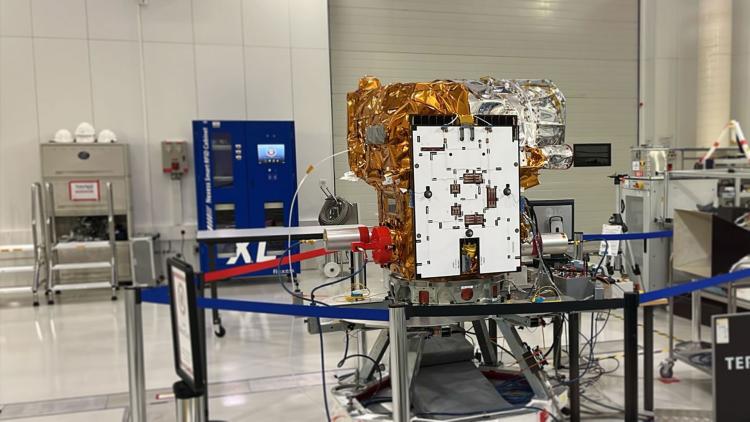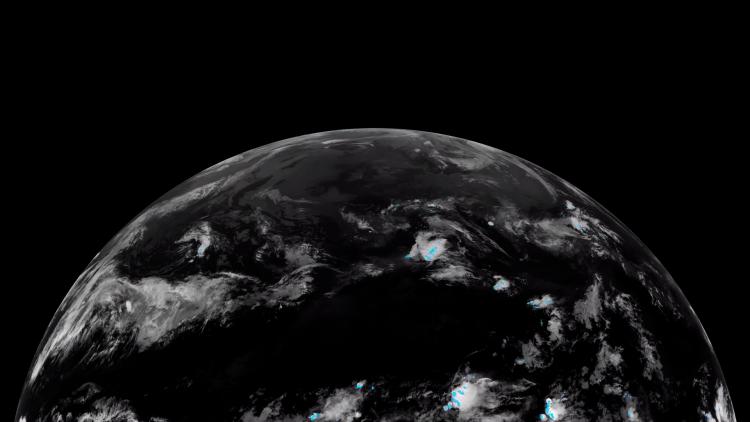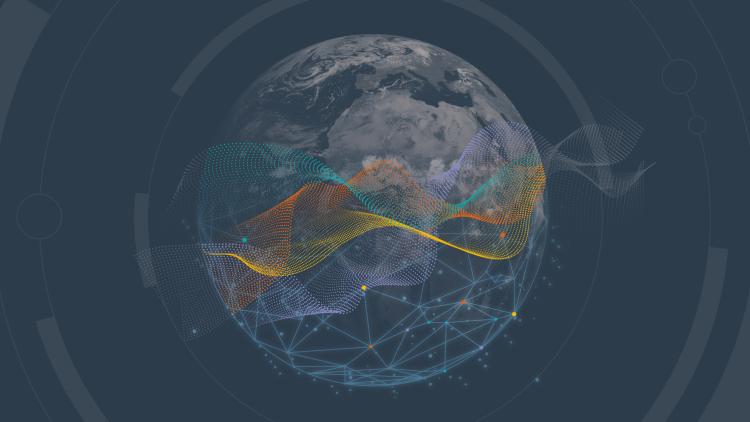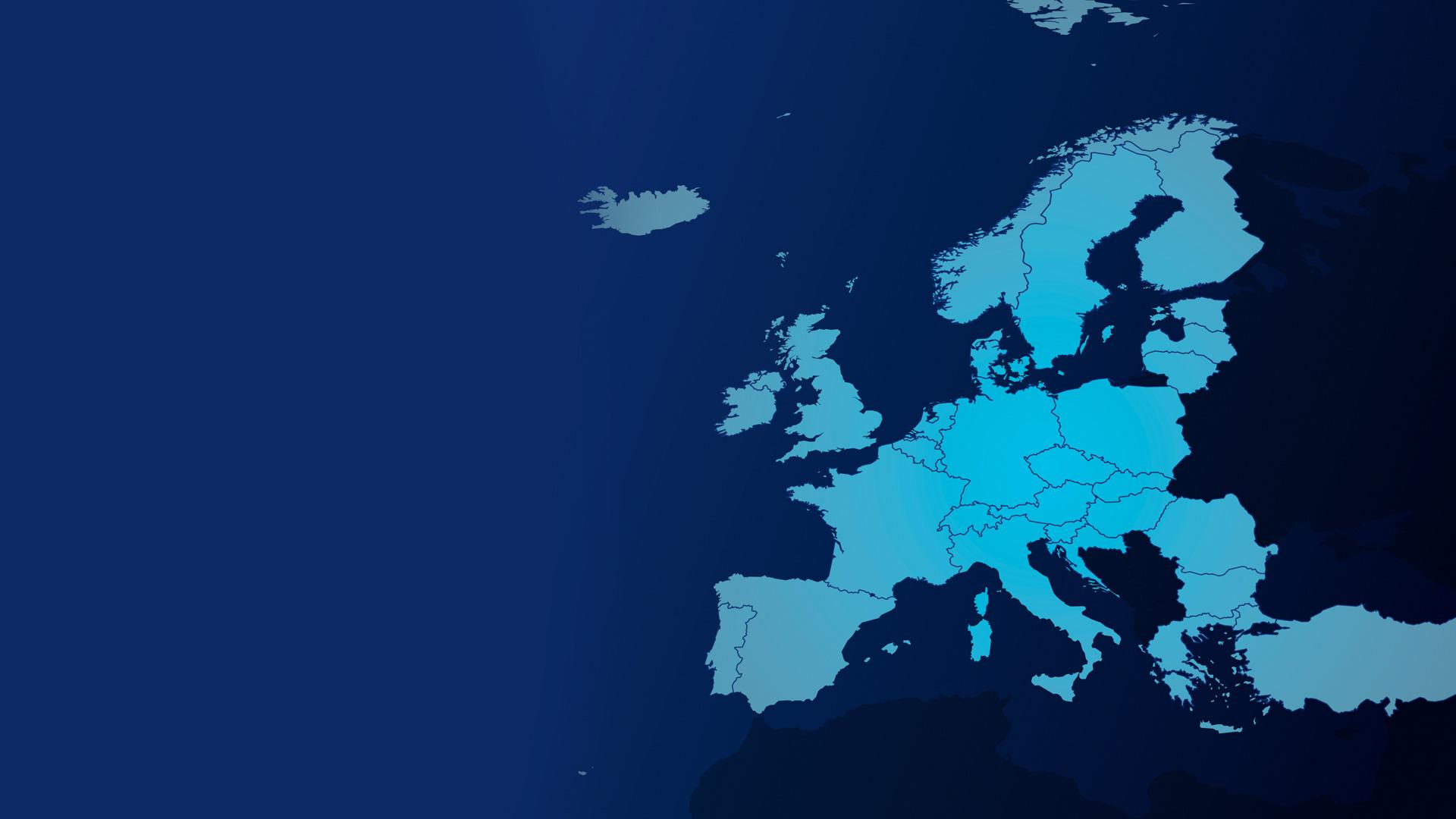
Copernicus Data User Uptake 2020 report published

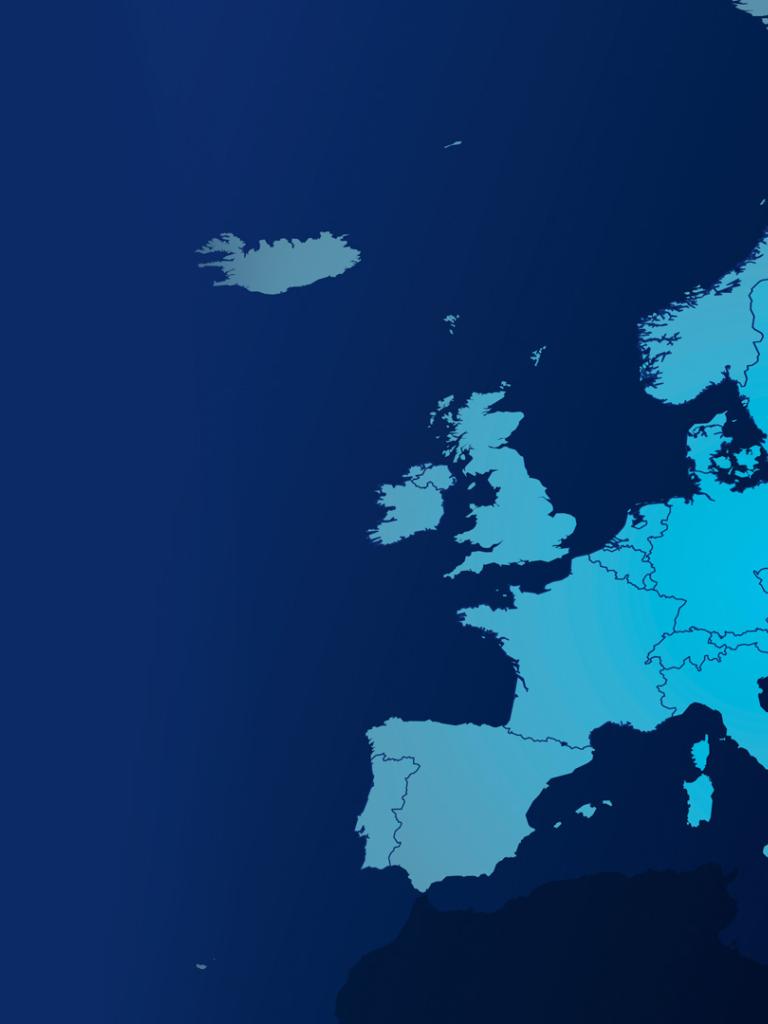
Uptake of Copernicus data provided by EUMETSAT continues to grow as a wide variety of users around the world apply data to environmental applications. This years Copernicus User Uptake Report provides more details.
16 February 2023
07 October 2021
Following the first instalment in 2019, a new edition of the Copernicus user uptake report, shows how use of Copernicus data provided by EUMETSAT grew and diversified in 2020.
The report shows increased numbers of users, volumes of downloads, and — new this year — shows the areas of the world where data is being used the most.
“The 2020 report and maps illustrate the importance of Copernicus for Europe, with Sentinel-3 increasingly being used by European users for sustainable monitoring of the Oceans in Europe and globally,” said EUMETSAT Copernicus Programme Manager Lieven Bydekerke.
Nearly 2,000 terabytes of EUMETSAT Copernicus data were downloaded worldwide during 2020, the report shows.
EUMETSAT and Copernicus
EUMETSAT is entrusted by the European Commission to operate satellite missions, deliver data, and provide support services to the Copernicus programme.
The organisation operates the Sentinel-3 and Sentinel-6 missions, and will soon operate the Sentinel-4 and Sentinel-5 missions. The Jason-3 high-precision ocean altimetry mission is operated in cooperation with the French Space Agency (CNES), NOAA and NASA. EUMETSAT provides data from this mission to the Copernicus programme.
In addition, EUMETSAT provides data from its own missions, and from third-party missions, to Copernicus users and Copernicus services, such as the Copernicus Marine Environment Monitoring Service, the Copernicus Atmosphere Monitoring Service, and the Copernicus Climate Change Service.
The 2020 report covers another year of Sentinel-3A and -3B flying in a full, dual-satellite operational constellation, and the expansion of the product range with a variety of new products related to atmospheric composition joining the current ocean product suite.
The report also provides highlights of the launch of Sentinel-6 Michael Freilich in November 2020.
Where is the data being used?
The 2020 report looks further in to where Copernicus data is being used. By quantifying the regional coverage of the data downloaded, we can see that there is a lot of interest in data gathered over Europe, as well as in various hotspots around the world. However, no data goes unused and it is clear that data from Copernicus is being used at a global scale.

EUMETSAT Marine Applications expert Dr Hayley Evers-King said this shows the value of the Sentinel-3 observations and mission design.
“The global coverage provided by the Sentinel-3 satellites is essential for many applications and challenges that span our entire planet; whilst the high spatial and temporal resolution (up to 300m and daily) data, enables many regional applications.”
Two new user cases show how data is being used to fulfil marine monitoring objectives for Portugal, and how data can be used by SMEs to inform new users and the general public about air pollution events.
New satellites and products
The 2020 report includes data and examples relating to user uptake of new products on atmospheric composition.
EUMETSAT Atmospheric Composition Applications expert Dr Federico Fierli said: “Observing the composition of the atmosphere is crucial for a wide range of fundamental applications, from the impact of air quality in health, to monitoring emergencies such as wildfires. The COVID era has accelerated the request from stakeholder and citizens of quantitative information and one of the examples is the observation of the effect of lockdown on the pollution worldwide. We have made our best to respond to these needs with the existing products and services.”
As well as new products, 2020 also saw the launch of a new satellite, with Sentinel-6 Michael Freilich launching on 21 November. Amidst the COVID-19 pandemic, the smooth launch and early operations phase, including pandemic-safe variations of the typical launch events, are a testament to the international collaboration and hard work put in by teams all over the globe. The mission is a collaboration between the European Commission and the Copernicus Programme, ESA, EUMETSAT, NASA, and NOAA, with support from CNES, to continue to legacy of the Jason series of altimeters, and extend the climate record of sea level. First products from the mission have been released in 2021 and will feature in the next version of the Copernicus User Uptake Report.

